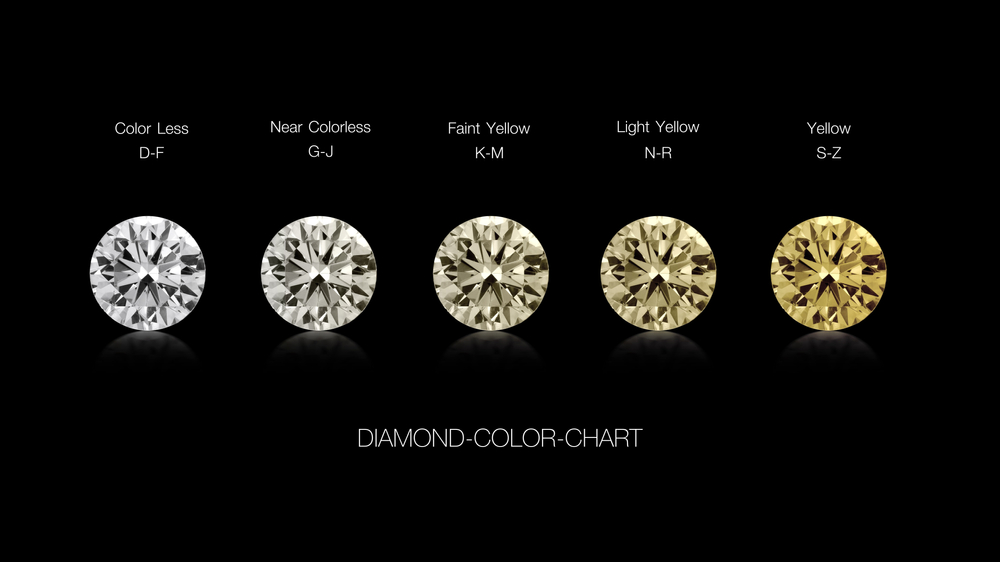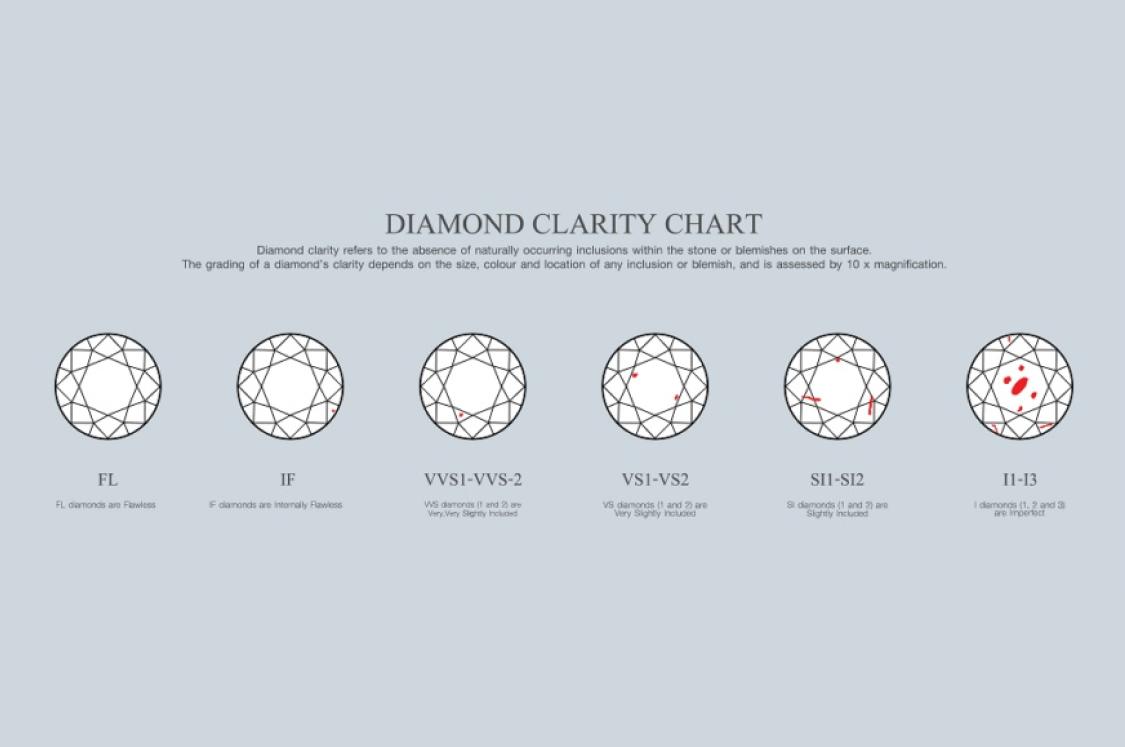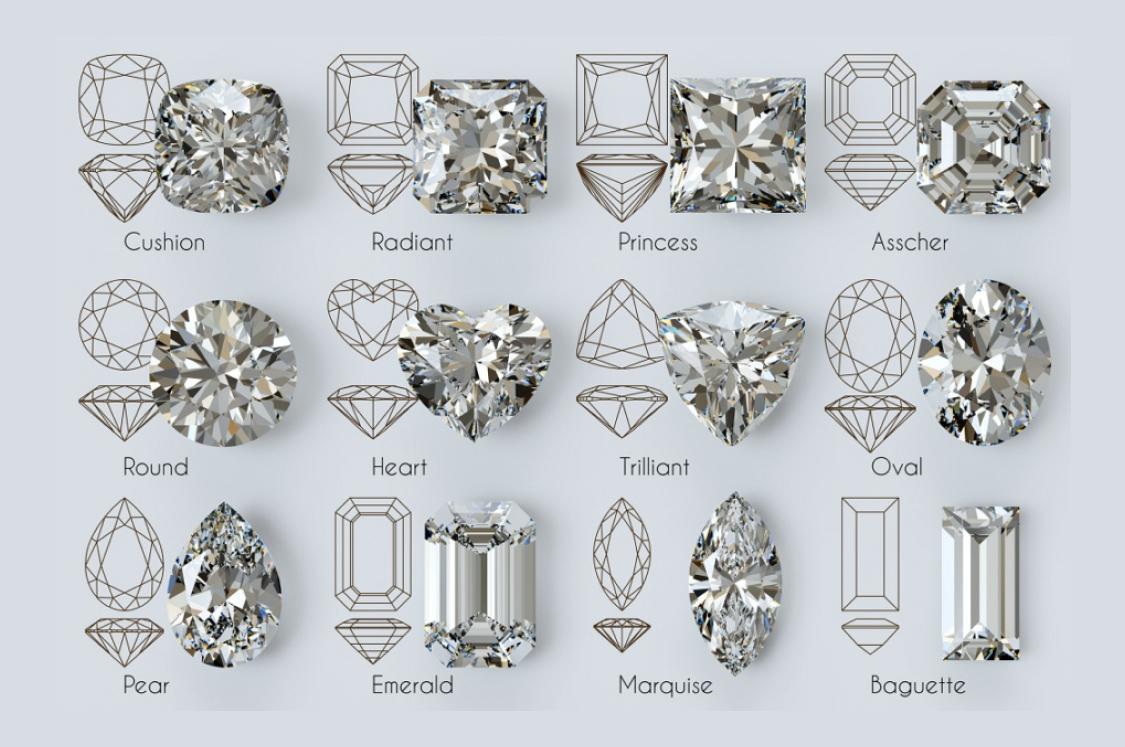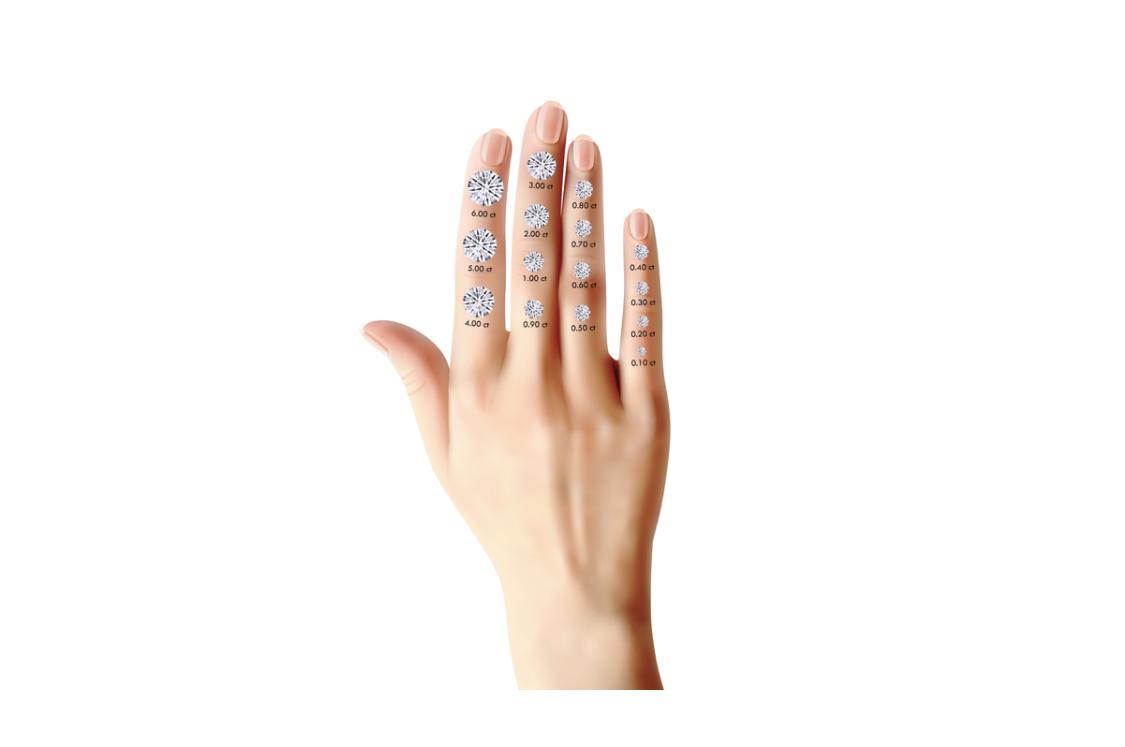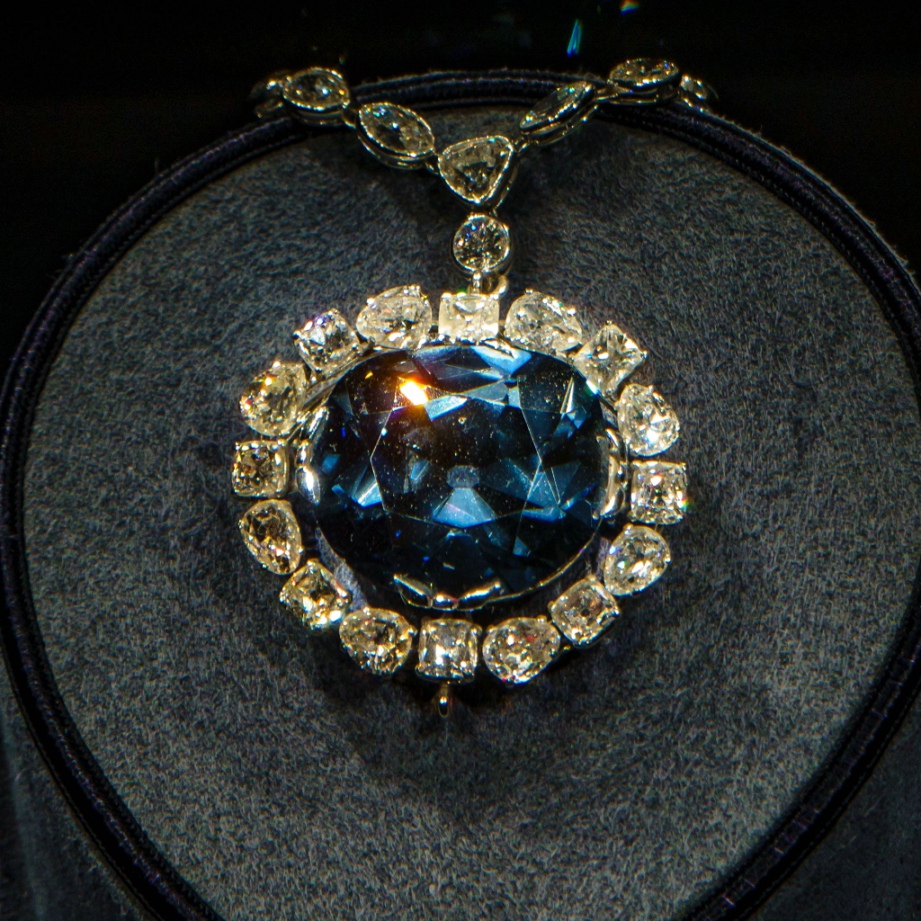Price
Retail price for 1 carat diamond:
Quality from high to low
Top quality: $12200-$22000/ct
Very good quality: $8100-$12600/ct
Good quality: $3500-$8700/ct
Fair quality: $1000-$5100/ct
Main origin
Diamonds are found in several locations around the world, such as Russia, Australia, Canada, Africa. South Africa historically was the world’s top producer of diamonds, and other African nations such as Botswana and the Democratic Republic of the Congo have become major producers as well.
Imitation
Cubic zirconia, moissanite, white sapphire, rhinestone
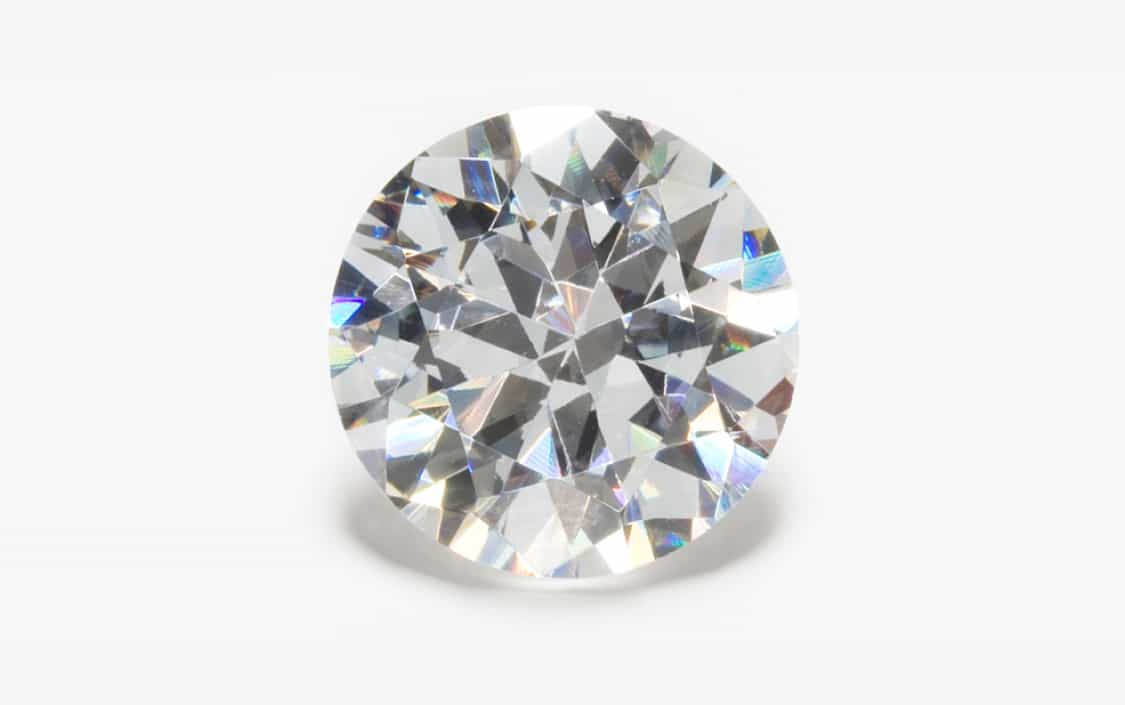
Cubic zirconia
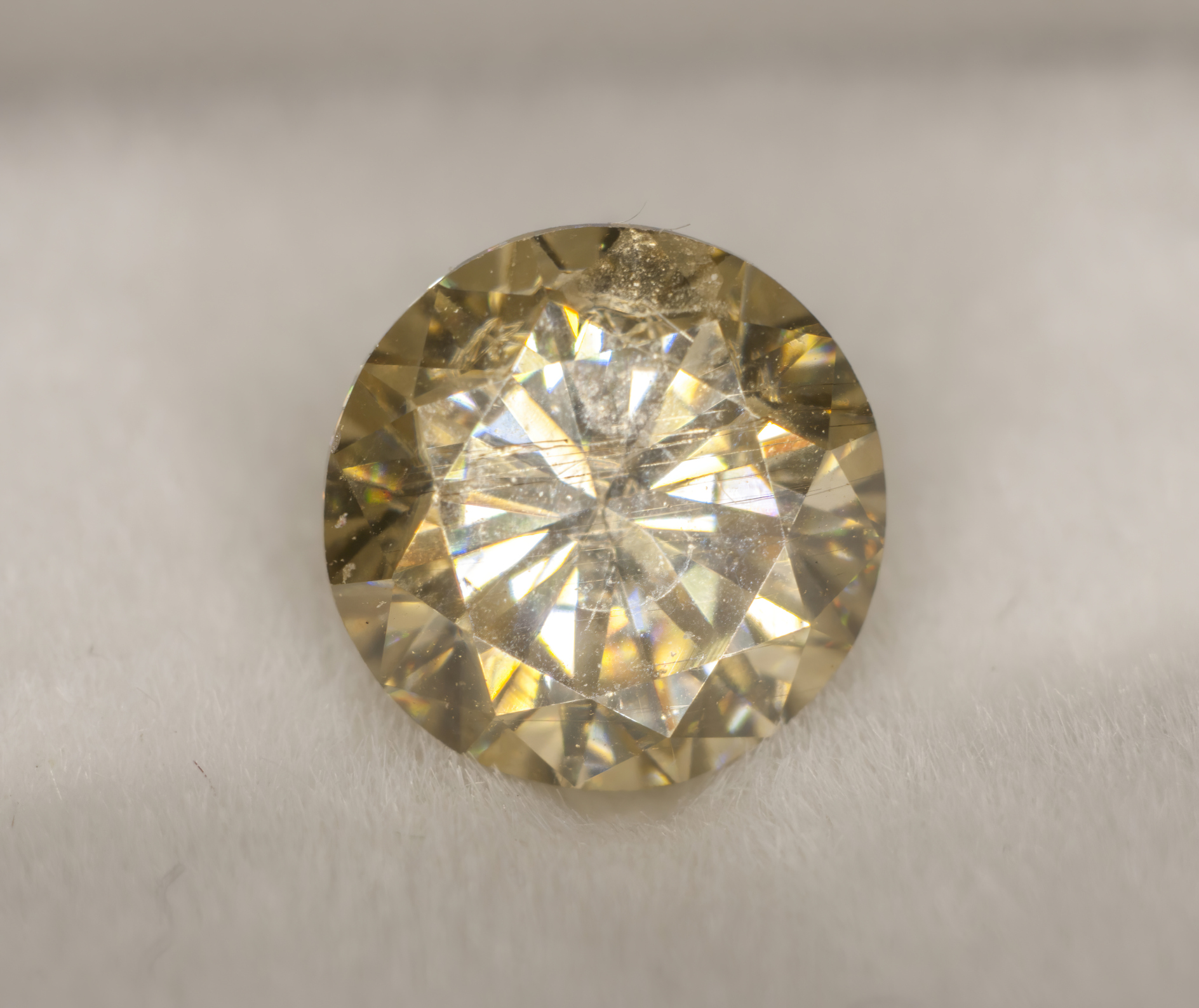
Moissanite
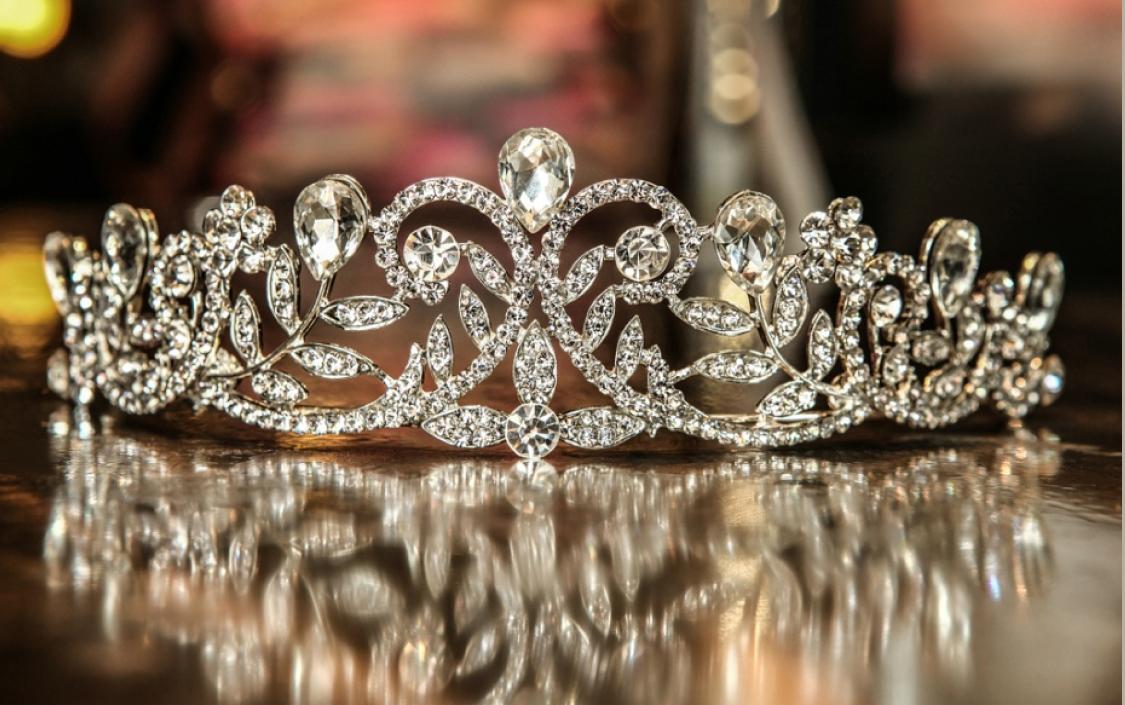
Rhinestone
